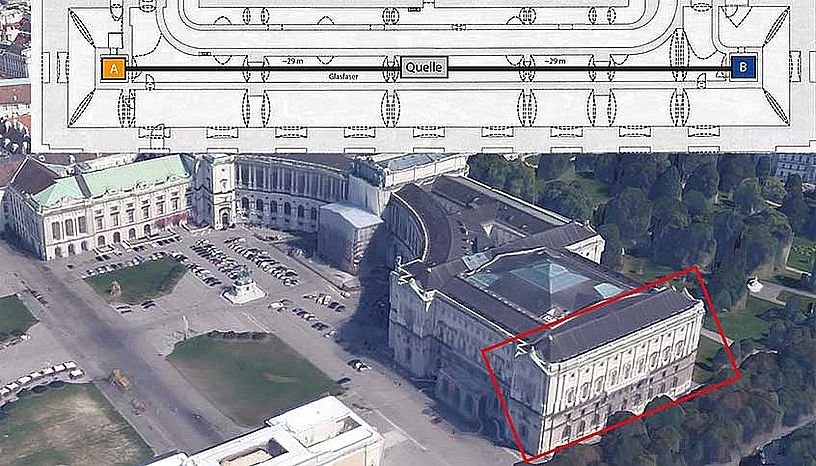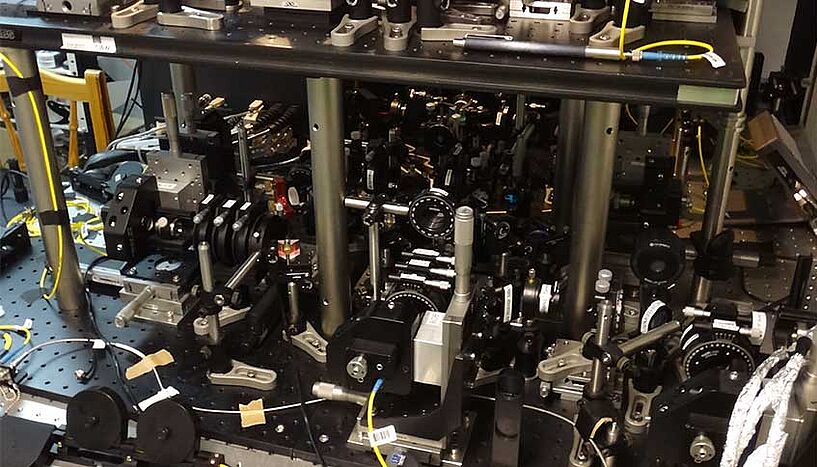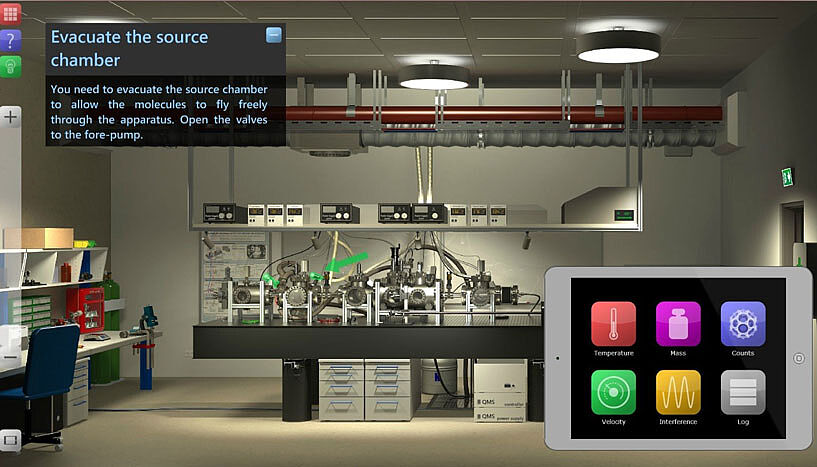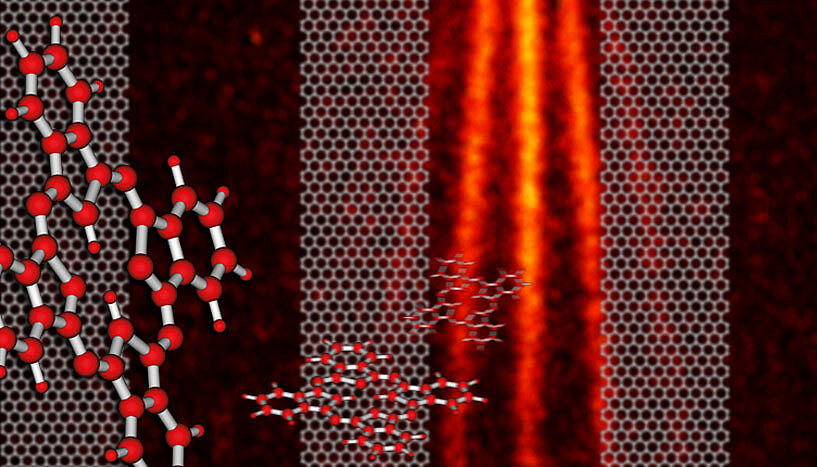Quantum Physics confirms "Spooky action at a distance"
| 18. November 2015
Scientist Marissa Giustina, first author of the publication, installs superconducting detectors in the "Alice" cryostat. (Photo: L. Lammerhuber)
A team of international researchers performed an experiment in the Vienna Hofburg to observe quantum entanglement with unprecedented certainty.
Researchers in Anton Zeilinger's group from the Quantum Optics, Quantum Nanophysics and Quantum Information division of the University of Vienna physics department and from the Institute for Quantum Optics and Quantum Information (IQOQI) Vienna of the Austrian Academy of Sciences (OeAW), in an international collaboration, have demonstrated a definitive confirmation of quantum entanglement. The researchers report on their work in a publication on the Open Access platform arXiv.org, and have also submitted their work to the scientific journal "Physical Review Letters".
Entangled pair
The phenomenon of entanglement, as predicted by quantum theory, represents a connection between particles that is difficult to grasp with our everyday intuition. When a measurement is performed on one partner of an entangled pair, there is an instant change of the quantum state of the other partner, regardless of the distance between the particles. In addition, quantum theory considers the measured properties of the particles to be completely undefined right up to the point of the measurement itself. Given this description from quantum theory, Albert Einstein referred to the phenomenon of quantum entanglement as "spooky action at a distance."
Results improved
As early as 1964, physicist John Bell formulated an experimental approach for testing this "spooky action at a distance." Yet, every experiment requires assumptions that provide in principle loopholes for a non-quantum explanation. In the recent experiment, the physicists were able to close these loopholes simultaneously with a special apparatus that was set up in the basement of the Vienna Hofburg Palace. Thus this achievement of quantum physics was completed in Vienna and in a simultaneous experiment at the National Institute of Standards and Technology (NIST) in the United States (see). The Vienna group believes that these results improve on an earlier experiment by a group at Delft University of Technology.

The quantum experiment was performed in the Vienna Hofburg Palace, depicted in this image, in a sub-basement hallway indicated by the red box. In the experiment, entangled photon pairs were created, split, and distributed, one in each of two glass optical fibers, from the pair source to measurement stations A (Alice) and B (Bob). The entanglement was confirmed using independent measurements at the two stations. (Credit: Google Earth, CNES/Astrium, DigitalGlobe)
Data agreed with the predictions
The experiment in the basement hallway of the Vienna Hofburg Palace was performed as follows. Entangled photon pairs were produced in a special "source," whereupon each pair was split, with one photon coupled into each of two glass optical fibers. These fibers carried the photons 30 meters in opposite directions to measurement stations. While the photons were in transit, a random number generator chose an orientation for a measurement of their polarization, that is, the direction of their electromagnetic field's oscillation. Finally, the photons were detected with highly efficient superconducting detectors. The correlations observed in the data agreed with the predictions for quantum entanglement.
Closure of three loopholes
By building the experiment according to a particular spatial layout and by very carefully timing the individual parts of the experiment, the physicists in Vienna were able to close the three most important loopholes at once. The first loophole is the idea that the observed correlations could have been organized by communication between the measurement stations. Since any such communication is limited to the speed of light, the physical separation between the measurement stations makes such communication impossible. For the second loophole, the choice of measurement setting was determined independently from the rest of the experiment by using fast random number generators that make a choice after the photons have already left the source. Finally, high-efficiency superconducting photon detectors enabled the detection of a sufficiently large sample of the photons, making the conclusion truly definitive.
"An experiment without loopholes confirms that quantum cryptography can really be secure," says quantum physicist Anton Zeilinger. "Our experiment was an experimental tour de force over many years. The result was possible only by bringing together many components at the cutting edge of technological development."
The international collaboration for this work brought together researchers from the following institutions: Max Planck Institute of Quantum Optics, Garching/Munich; Institutionen för Systemteknik of Linköping University; ICFO – Institut de Ciencies Fotoniques (Institute of Photonic Sciences), Barcelona; ICREA – Institución Catalana de Investigación y Estudios Avanzados (Catalan Institution for Research and Advanced Studies), Barcelona; Physikalisch-Technische Bundesanstalt (National Metrology Institute of Germany), Berlin; NIST – National Institute for Standards and Technology, Boulder, Colorado.
The research was supported by: European Research Council, FWF – Austrian Science Fund, and Austrian Academy of Sciences.
The Publication "A significant-loophole-free test of Bell's theorem with entangled photons" (Authors: Marissa Giustina, Marijn A. M. Versteegh, Sören Wengerowsky, Johannes Handsteiner, Armin Hochrainer, Kevin Phelan, Fabian Steinlechner, Johannes Kofler, Jan-Åke Larsson, Carlos Abellán, Waldimar Amaya, Valerio Pruneri, Morgan W. Mitchell, Jörn Beyer, Thomas Gerrits, Adriana E. Lita, Lynden K. Shalm, Sae Woo Nam, Thomas Scheidl, Rupert Ursin, Bernhard Wittmann, Anton Zeilinger) was published at the Open Access-Plattform "arXiv.org".



